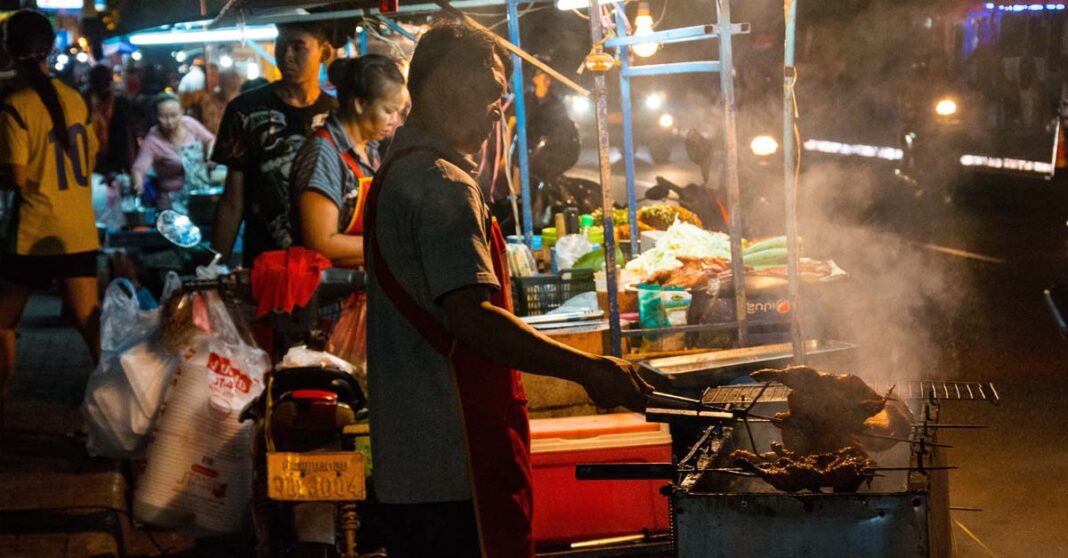The inflation rate in Laos increased in June this year compared to the same period last year, climbing 3.96 percent.
According to the Lao Statistics Bureau, rising inflation has had a direct effect on the cost of living in Laos.
Food prices, as well as nonalcoholic beverages, have increased by 4.09 percent in June this year, while clothing prices have increased by 3.06 percent, furniture prices have increased by 3.11 percent, with alcohol and tobacco increasing by 4.63 percent.
Transportation costs have increased by five percent, while post and telecommunication costs have increased by up to 8.32 percent, and goods and services have increased by 8.36 percent, according to a report issued by the National Statistical Center, under the Ministry of Planning and Investment.
A shortage of domestic production, as well as the second wave of Covid-19, has also exacerbated inflation.
The majority of products in Laos are imported, causing a trade deficit, while the demand for foreign currency is increasing (Thai Baht and US Dollar), which has weakened the local currency (LAK).
Residents and merchants in Vientiane Capital have urged the government to intervene and address the rising cost of living.
Consumers, particularly those with low incomes, have been heavily impacted by the rising cost of living, which comes at a time when thousands of migrant workers pour back into the country from Thailand.



